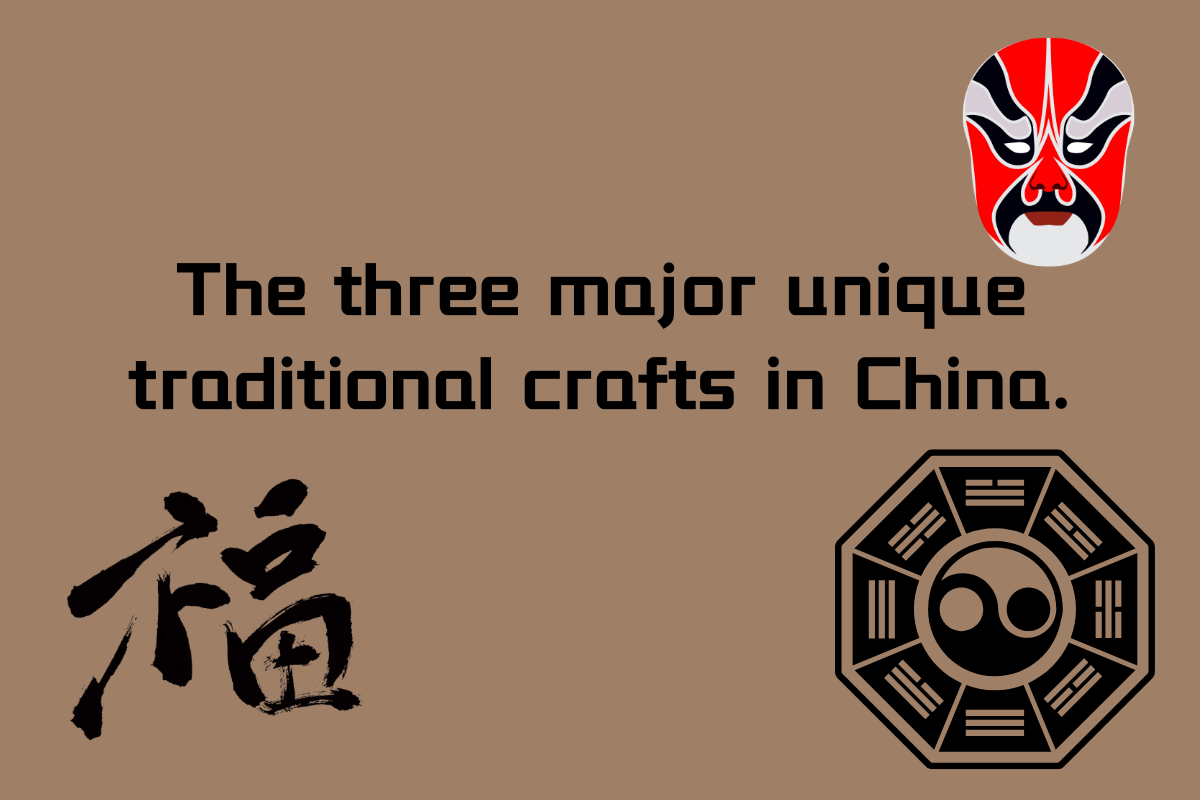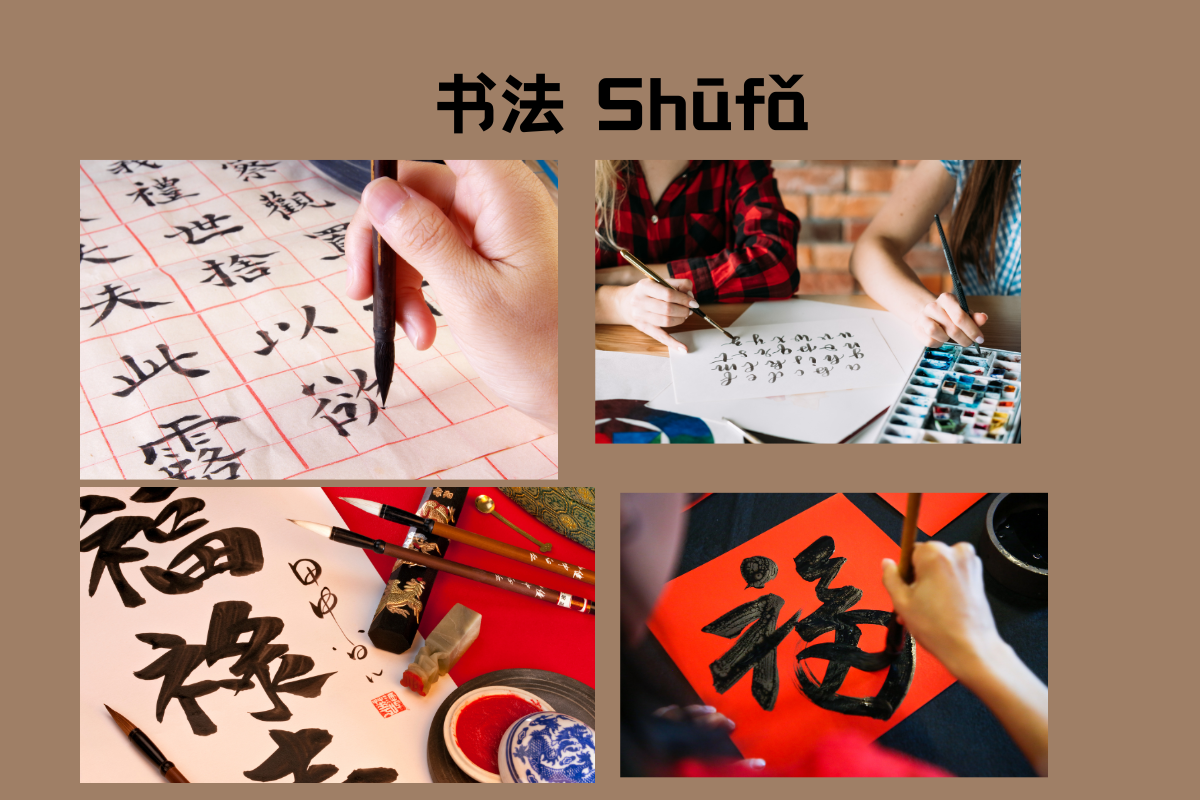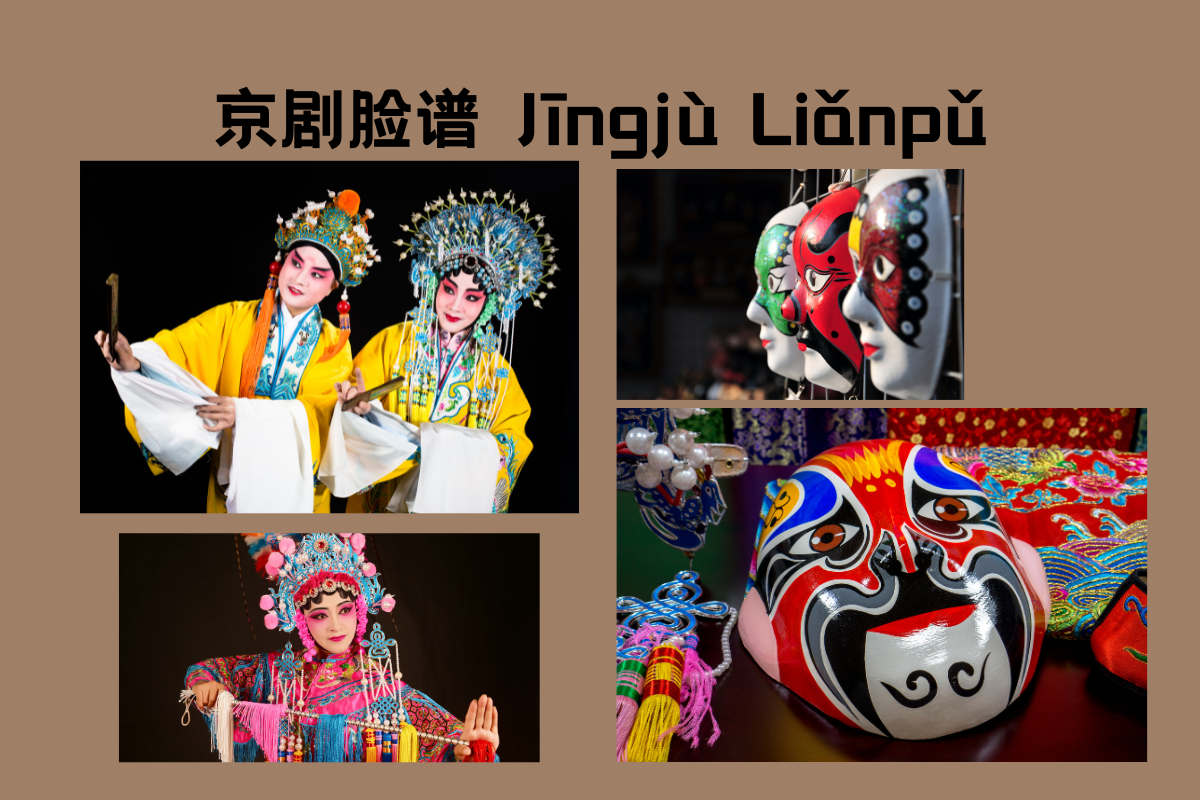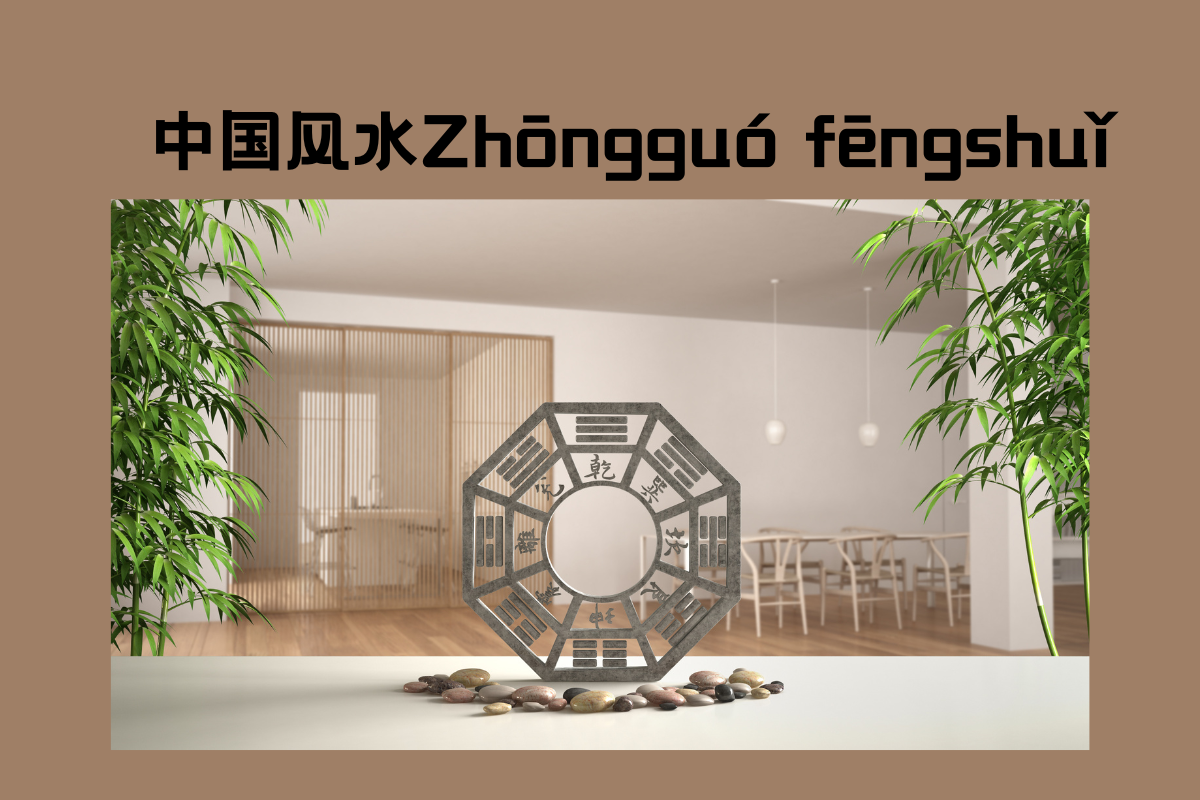The Three Major Unique Traditional Crafts in China
China, with its ancient history and diverse cultural heritage, boasts a wealth of traditional crafts that have been passed down through generations. These crafts not only reflect the creativity and skill of Chinese artisans but also offer a glimpse into the rich tapestry of the country's cultural identity. In this blog post, we will delve into three major unique traditional crafts that have stood the test of time.

Chinese Calligraphy - 书法 (Shū fǎ): The Art of Elegant Writing
Chinese calligraphy is an ancient art form that goes beyond mere writing. It is a highly esteemed practice that involves the skilled use of a brush and ink to create characters with aesthetic appeal. Each stroke carries meaning and emotion, making calligraphy not just a form of communication but a visual expression of the writer's soul. Styles vary, with some emphasizing boldness and strength, while others focus on delicate, flowing lines. The mastery of calligraphy requires years of practice and a deep understanding of Chinese characters, making it a revered craft that embodies the beauty of written language.

Peking Opera Masks - 京剧脸谱 (Jīngjù Liǎnpǔ): Theatrical Artistry Unveiled
Peking Opera, with its vibrant costumes and stylized performances, is a cornerstone of traditional Chinese theater. The elaborate masks worn by performers are a distinctive feature of Peking Opera, known as "liǎnpǔ" or facial makeup. These masks, adorned with intricate patterns and colors, represent different characters, each with its own personality and traits. The meticulous craftsmanship behind these masks involves a deep understanding of the roles they depict, turning the performer into a living embodiment of the character. Peking Opera masks not only enhance the visual spectacle but also serve as a testament to the artistry embedded in traditional Chinese theater.

Chinese Feng Shui - 中国风水(Zhōngguó fēngshuǐ):Harmony of Nature and Culture
Feng Shui is a profound wisdom embedded in traditional Chinese culture, emphasizing the harmony between nature and human environments. Through arrangement, design, and adjustments in the geographical setting, Feng Shui seeks to create balance both indoors and outdoors, aiming for auspiciousness and well-being. The picturesque gardens and ancient palaces, reminiscent of traditional Chinese landscape paintings, embody the Chinese belief in coexistence with nature. Feng Shui is not only reflected in architectural design but also permeates various aspects of life, becoming a cultural belief through which Chinese people pursue happiness.

Here are therecommended Chinese calligraphers:
Wang Xizhi (王羲之):
Wang Xizhi is hailed as the pioneer of Chinese calligraphy, and his cursive script masterpiece, "Lanting Xu," is considered the pinnacle of calligraphic art. His contributions to regular script have made him a revered master in the history of calligraphy.
Yan Zhenqing (颜真卿):
Yan Zhenqing, a calligrapher from the Tang Dynasty, is known for his vigorous and bold style in regular script. One of his notable works is the "Yan Qinli Stele," showcasing his distinctive calligraphic techniques and grandiose style.
Here are some suggested Peking Opera masterpieces:
"Dream of the Red Chamber" (红楼梦):
The Peking Opera adaptation of "Dream of the Red Chamber" features classic characters like Jia Baoyu and Lin Daiyu. The performance is exquisite, the costumes are splendid, and through singing, dancing, and acting, it vividly presents the plot and characters from the literary masterpiece.
"Legend of the White Snake" (白蛇传):
Peking Opera adaptation of the classic Chinese myth, "Legend of the White Snake," narrates the romantic story between Bai Niangzi and Xu Xian. This production holds high artistic value in terms of music, dance, and performance, representing one of the outstanding achievements in Peking Opera art.
Which Chinese traditional crafts do you like?